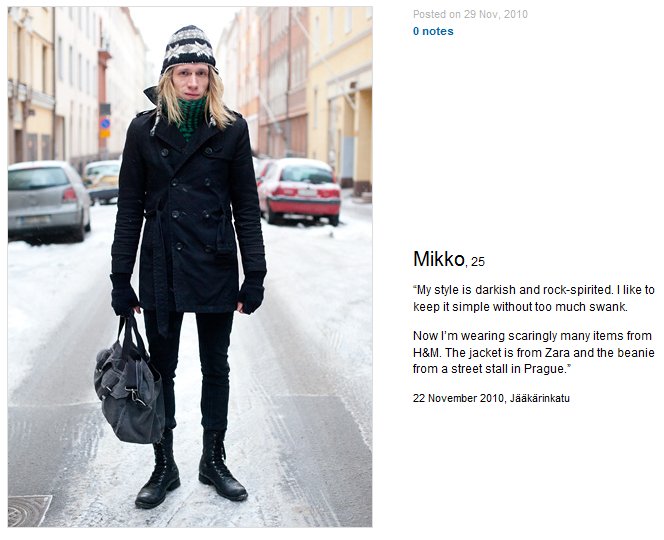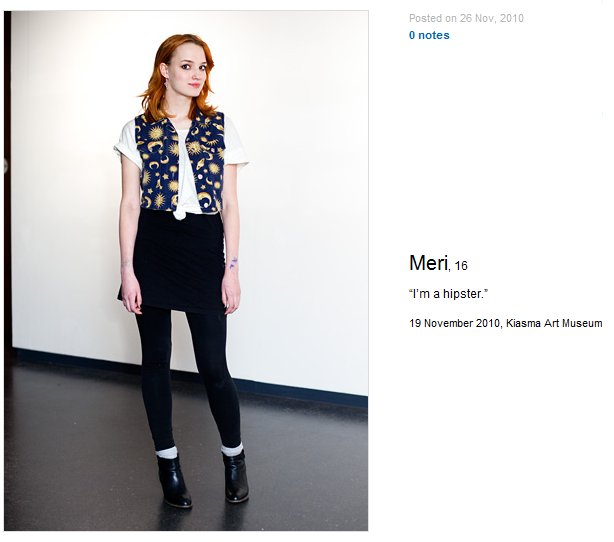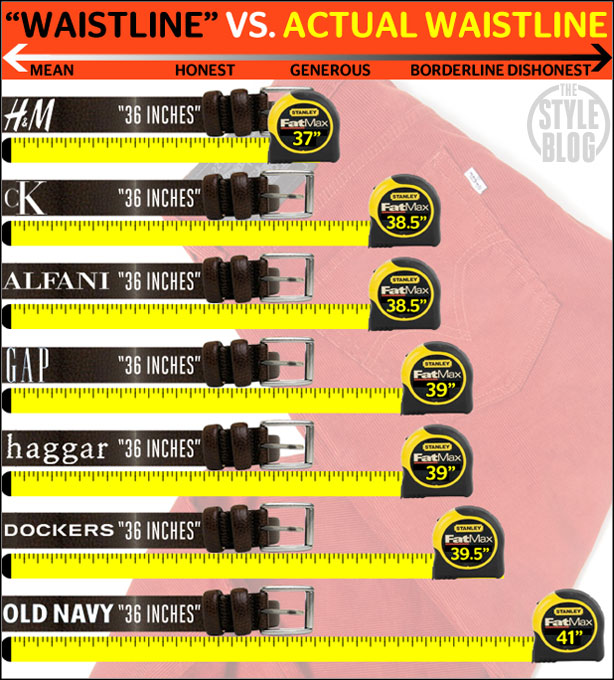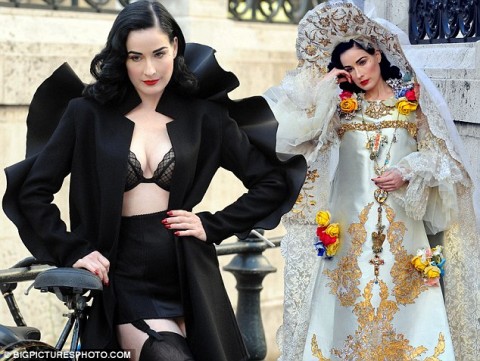In his defence of the late Steve Jobs, Brendan O’Neill pinpoints the exact moment that Apple stopped being the ne plus ultra of status signalling devices for the Guardianista set:
It is absolutely no coincidence that it became cool to hate Apple just as Apple started to make products for (whisper it) ‘the masses’. Back when Apple was largely known as the provider of smooth computers to graphic designers and Guardian columnists, there was nothing cooler than being an Applehead. But then it made the iPod and the iPhone, which you can now see everyone from paint-covered builders to Romanian au pairs tapping away on, and that meant it was just another engine of ‘mass consumerism’, the thing the chattering classes hate most. So where in the Nineties, people who used Apple products were presumed to be erudite and tasteful, now people who use Apple products are ‘iZombies’ or ‘hostages’, as one columnist calls them. In the eyes of the opinion-forming classes, Jobs’ great crime was to include the little people in his techno-revolution, to give glossy gadgets to the masses as well as the intellectuals, since that robbed these gadgets of the special symbolism that allowed their users to declare: ‘I am above the crowd.’
As to the idea that Jobs was the killer of Chinese people, this, too, is fuelled by the perverse fantasies of the uncomfortable-with-capitalism cultural elite. Following some suicides at the factories in China in which Apple stuff is put together, it became fashionable here in the West to indulge in orgies of iGuilt, to whip both yourself and everyone else for wanting gadgets so badly that we’re willing to turn a blind eye to ‘enslavement’ in China. The deaths in China were referred to as ‘The iPad suicides’, with journalists saying: ‘Should you blame yourself for all those deaths at the Chinese electronics factory? Yes.’
Yet as I argued on spiked last year, anyone who looked at the number of suicides in these vast factories, which can employ up to 400,000 people, would have realised that the suicide rate was lower in these places than it was in China as a whole. The self-flagellation of iPad-using hacks in the West merely revealed how shallow and moralistic so-called anti-capitalism is these days, where the aim is not to analyse social relations, all the better to overhaul them, but rather to partake in a borderline Catholic guilt trip about the impact of our greed on their lives. In one fell swoop, Jobs-bashers manage to criminalise the material aspirations of Western consumers, the iZombies whose desires are apparently dangerous, and to infantilise Chinese workers, who are depicted as hapless victims, in need of rescue by that super-super-cool tribe of East Coast and Shoreditch hipsters who now actually boycott Apple products. Rad, man.









